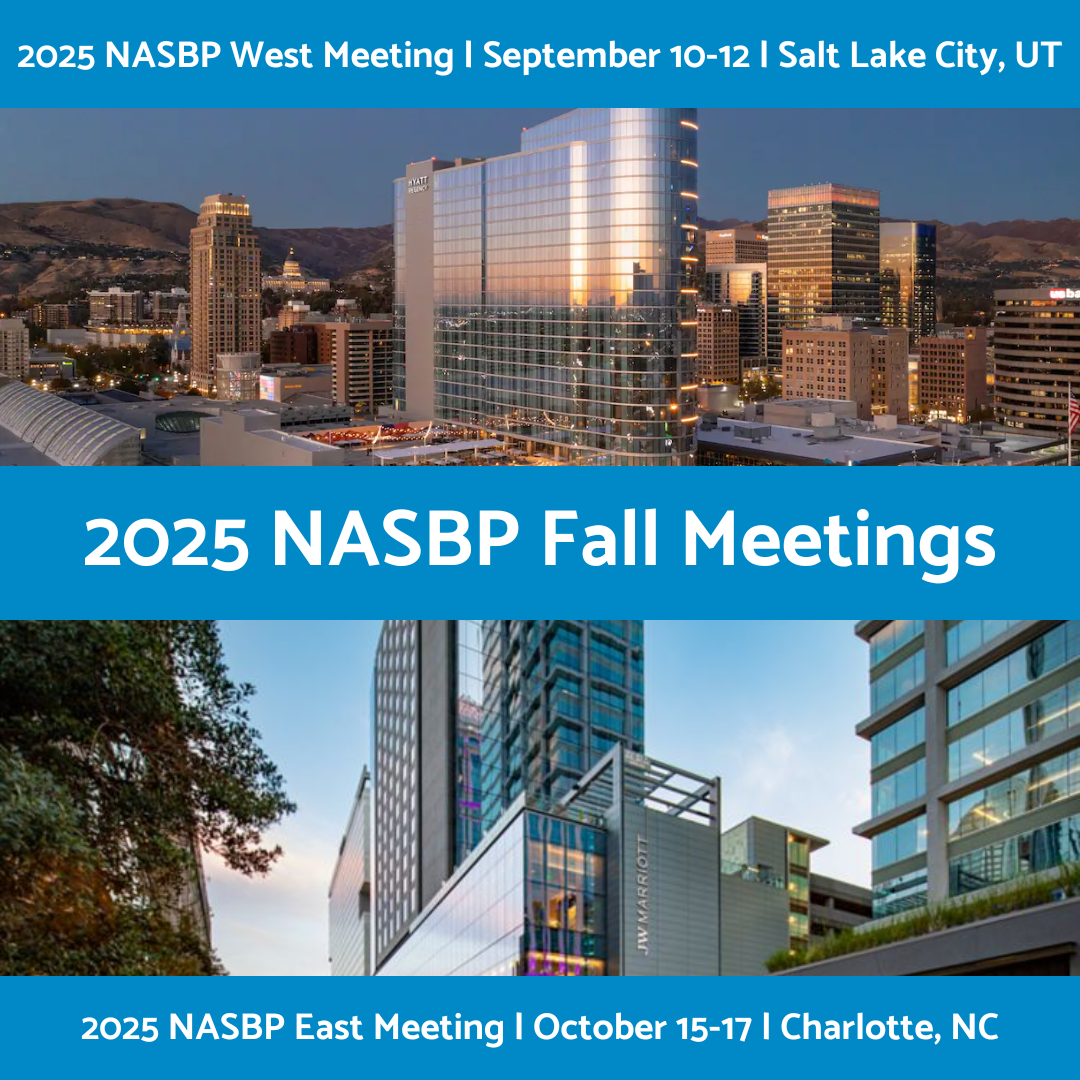
What You Might Not Know About the Federal Prompt Payment Act
Untimely payments on construction projects can be the bane of a contractor’s (or subcontractor’s) existence. The negative consequences of untimely payments can span the panoply of horrors, from cash flow “shortfalls” and subcontractors (or sub-subcontractors) walking off the job to forcing a construction firm into bankruptcy. Often those effects cascade down the tiers and impact the financial viability of all subcontractors and suppliers.
Indeed, the federal Prompt Payment Act (PPA), 31 U.S.C. §§ 3901 et seq., was enacted in 1982 to expedite the payment process from government agencies, which were notoriously slow to pay. The implementing regulations are found in Federal Acquisition Regulation Subpart 32.9. The PPA, in short, says that the government must pay “proper invoices” within a certain time after receipt; otherwise, it must pay interest on the late payment. This requirement applies to construction funded by any agency of the federal government. All federal contracts have the PPA language in them. It imposes on agencies an obligation to pay every proper invoice within 30 days after its receipt or another such date as specified in the contract. While the invoice must be “proper” in order to trigger the PPA requirements, an agency may not impose unreasonable requirements on a contractor’s submission.
The PPA also contains flow-down provisions for subcontractors and suppliers at all tiers. The PPA requires the general contractor to make payments to its subs and suppliers within seven days of receipt of payment from the government. Subcontractors and suppliers must incorporate the prompt pay provisions into their contracts with low-tier subs and suppliers.
So, what are the parameters of protection provided under the PPA? It is perennially and critically important for contractors, subcontractors, and suppliers to understand their rights and remedies on federal construction projects. (Okay, on ANY construction projects, but right now let’s focus on protections under the federal PPA). Does the federal PPA allow subcontractors to sue the general contractor? A recent federal district court answered this question and held that the PPA does not create a private right of action for a subcontractor against a prime contractor. EMTA Insaat Taahhut ve Ticaret A.S. v. Cosmopolitan Inc., Civil Action No. ELH-20-1457 (D. Md. Oct. 15, 2020). Click here to read the entire decision.
The facts are as follows. Plaintiff EMTA Insaat Taahhut ve Ticaret A.S. (EMTA), a Turkish company, filed suit against defendant Cosmopolitan Inc. (Cosmopolitan), a general contractor, alleging breach of contract and breach of the PPA. Cosmopolitan and EMTA executed a subcontract on a federal construction project, at the U.S. consulate in Turkey, administered by the U.S. Department of State Overseas Building Operations. The subcontractor sued Cosmopolitan for breach of contract and breach of the PPA, alleging that Cosmopolitan failed to make payments to EMTA, including interest penalties required by the PPA, under the parties’ subcontract. Cosmopolitan moved to dismiss the breach of the PPA claim, arguing that there is no private right of action for a subcontractor, such as EMTA, under the PPA.
EMTA opposed the motion to dismiss, contending that, because the subcontract incorporated the terms of the prime contract and the prime contract is governed by the PPA, the subcontract was governed as well by the PPA. EMTA further argued that its right to collect interest penalty was a matter of contract, not statute. The district court rejected EMTA’s argument and granted Cosmopolitan’s motion to dismiss the subcontractor’s PPA claim. In its decision the court briefly reviewed the relevant history of the PPA, noting that the PPA was enacted in 1982 “in an effort to provide the federal government with an incentive to pay government contractors on time by requiring agencies to pay penalties—in the form of interest—on certain overdue bills.” In 1988 the PPA was amended to “include explicit provisions applicable to subcontractors.” Under the amendment the PPA mandated that prime contractors insert “a payment clause which obligates the prime contractor to pay the subcontractor for satisfactory performance under its subcontract within 7 days out of such amounts as are paid to the prime contractor by the agency under such contract.” In addition, the PPA also requires prime contractors to insert “an interest penalty clause which obligates the prime contractor to pay to the subcontractor an interest penalty on amounts due in the case of each payment not made in accordance with the payment clause.” Thus, the court observed, the PPA requires a federal contractor to include certain terms and obligations regarding the prime contract and payment in every subcontract.
Citing a number of federal district court cases, the district court noted, however, that “courts have repeatedly rejected the argument that the PPA contains either an explicit or implied private cause of action in favor of subcontractors,” stating that the PPA has no explicit provisions for subcontractor enforcement if the prime contractor fails to make timely payment. The court concluded that “[b]oth the statutory text and the legislative history indicate that Congress did not intend a subcontractor to have a private right of action under the PPA.”
What is the takeaway from this decision? As emphasized above, contractors and subcontractors on federal (or any) projects must understand their remedies, in order to evaluate risks and protect the construction firm. Subcontractors take note: the federal case law is clear that the federal Prompt Payment Act does not create a private right of action for a subcontractor against a prime contractor. An unpaid subcontractor’s remedy must be sought elsewhere.

The author of this article is Martha Perkins, General Counsel at NASBP. She can be reached at mperkins@nasbp.org or 240.200.1270.
This article is provided to NASBP members, affiliates, and associates solely for educational and informational purposes. It is not to be considered the rendering of legal advice in specific cases or to create a lawyer-client relationship. Readers are responsible for obtaining legal advice from their own counsels, and should not act upon any information contained in this article without such advice.
Get Important Surety Industry News & Info
Keep up with the latest industry news and NASBP programs, events, and activities by subscribing to NASBP SmartBrief.




